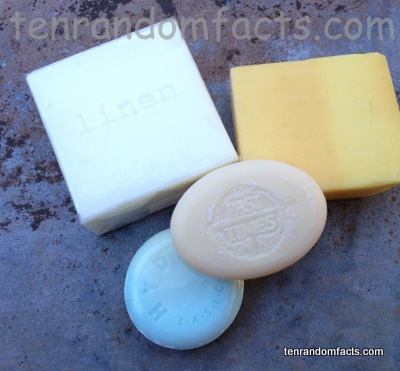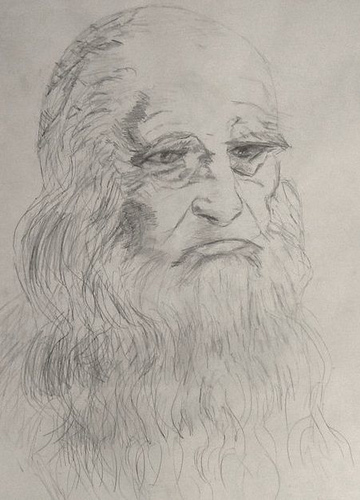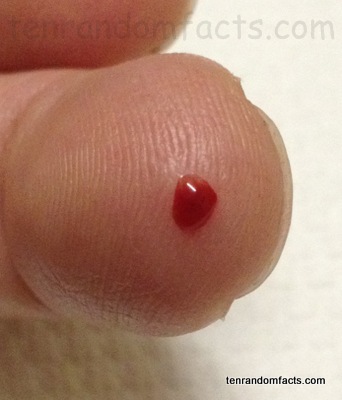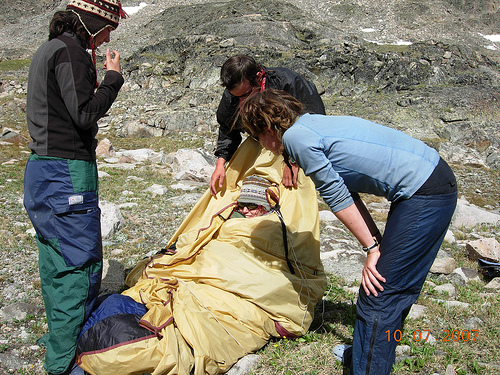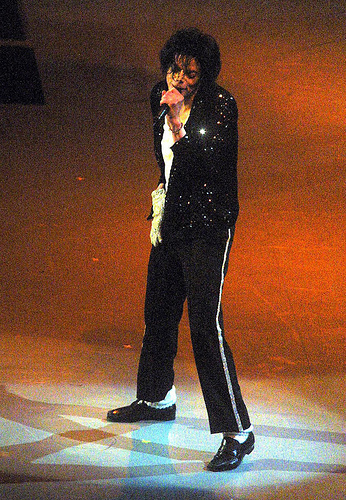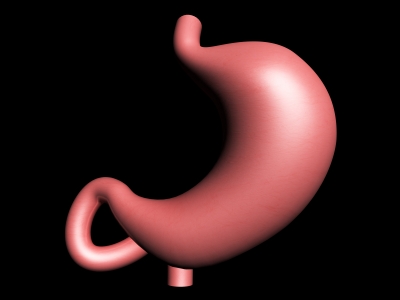
Don’t upset your stomach!
- The stomach is an organ that is hollow and consists of muscle, and is used in the process of digesting food by breaking it down and destroying any bacteria.
- The stomach is located in the middle of a human, above the small intestine and below the esophagus, and when empty, it is shaped like a letter ‘J’, and is approximately 25 cm (10 inch) long.
- The stomach creates protein enzymes, named protease, and acid to help break down and digest food.
- The job of the stomach is to send partially digested food to the intestines so nutrients can be extracted, and it also holds food, ready to be received by the intestines.
- A typical adult stomach has an empty volume of 45 to 75 millilitres (1.5 to 2.5 fluid ounces) which enlarges to generally contain 1 litre (0.25 gallon) of food, however it can hold up to 2-3 litres (0.5 – 0.8 gallon) of food.

Stomach
Image courtesy of Dream Designs/ Free Digital Photos
- Some stomach related diseases include gastric ulcers, peptic ulcers, gastritis and stomach cancer.
- The ‘stomach’ is also known as the ‘gaster’ which is a Greek word, hence the stomach related words ‘gastro’ and ‘gastric’.
- Some deadly stomach cancers require those patients to have a total gastrectomy (stomach removal) to prevent loss of life, however, even though they face challenges with what and how they eat, and have to change the regularity and quantity of food intake, patients can live quite successfully without a stomach.
- The capacity of a newborn baby’s stomach is approximately 30 ml (1 fl oz).
- Muscles in the stomach move every 2 seconds to break down the food, and it takes 40 minutes to a few hours to process the food.
Bibliography:
Hill K, What does your Stomach do?, 2013, The Big Site of Amazing Facts, <http://www.bigsiteofamazingfacts.com/what-does-your-stomach-do>
Stomach, 2013, Wikipedia, <http://en.wikipedia.org/wiki/Stomach>





